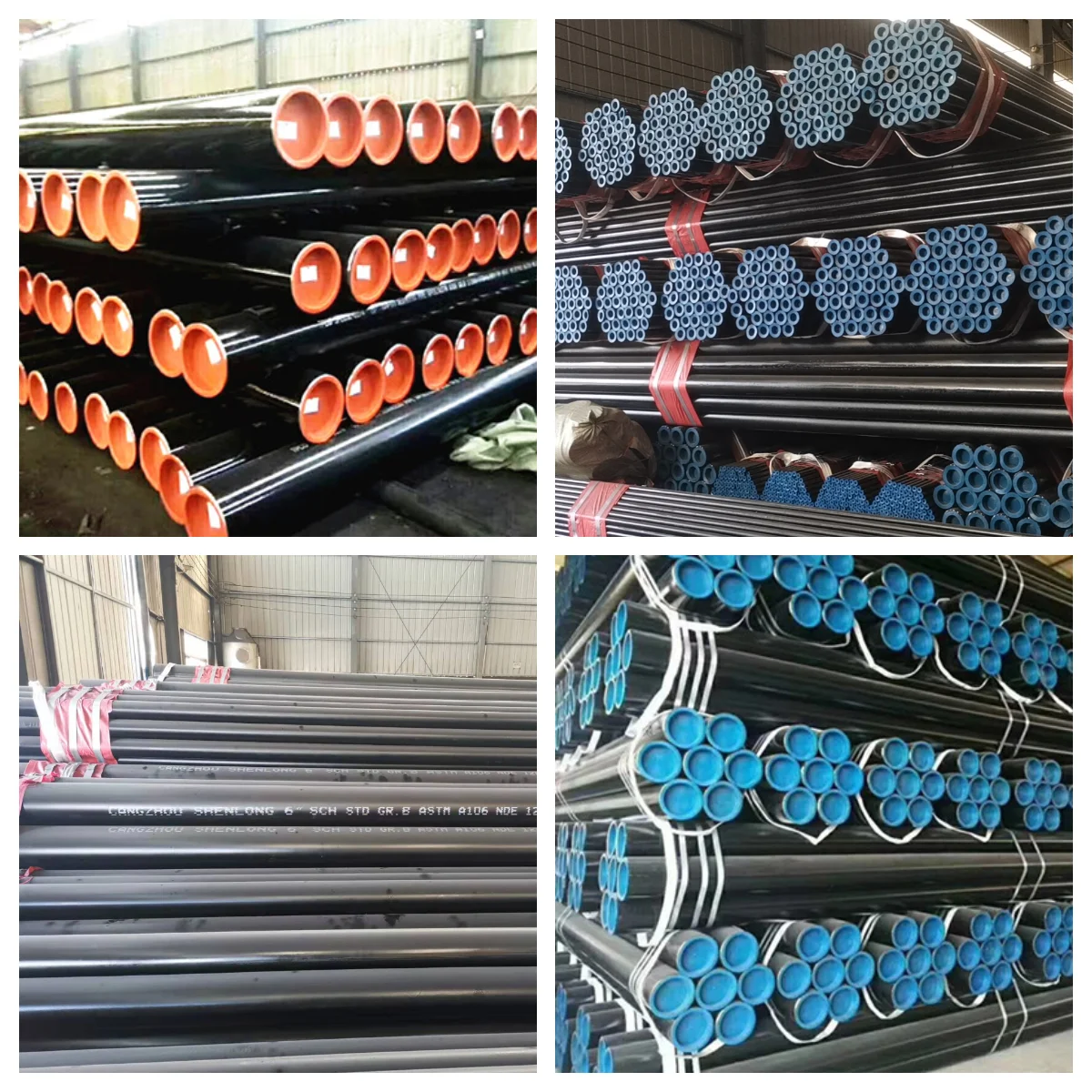How to make steel seamless pipes?
Steel pipes are made by two different processes. The overall production method for both processes involves three steps. First, raw steel is converted into a more workable form. Next, the pipe is formed on a continuous or semicontinuous production line. Finally, the pipe is cut and modified to meet the customer's needs.
Cold Drawn Seamless Steel Pipe Process
round tube → heating → perforation → Heading → annealing → pickling → oiled (copper) → multi-pass cold drawn (cold rolled) → blank tube → heat treatment → straightening →hydrostatic testing (testing) → mark → storage.
Hot Rolled Seamless Steel Pipe Deformed Process
Hot-rolled seamless steel pipe production base deformation process can be summarized as three stages: perforation, extension and finishing.
round tube → heating → perforation → three-roll rolling, rolling or extrusion → detached → sizing (or reducing) → cooling → straightening hydraulic test (orflaw) → tag → storage.

Quality Control
A variety of measures are taken to ensure that the finished steel pipe meets specifications. For example, x-ray gauges are used to regulate the thickness of the steel. The gauges work by utilizing two x rays. One ray is directed at a steel of known thickness. The other is directed at the passing steel on the production line. If there is any variance between the two rays, the gauge will automatically trigger a resizing of the rollers to compensate.
Pipes are also inspected for defects at the end of the process. One method of testing a pipe is by using a special machine. This machine fills the pipe with water and then increases the pressure to see if it holds. Defective pipes are returned for scrap.
Seamless Pipes Execution Standard
There are probably hundreds of different methods for packing a steel pipe, and most of them have merit, but there are two principles that are vital for any method to work prevent rusting and Sea transportation security.






